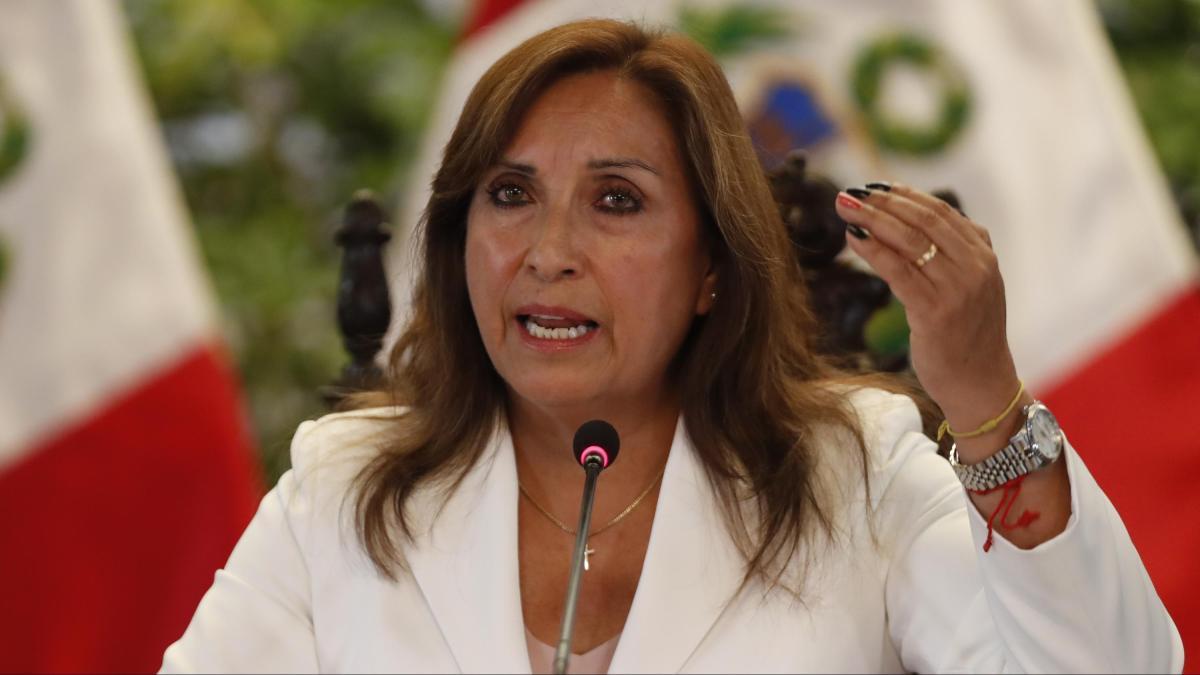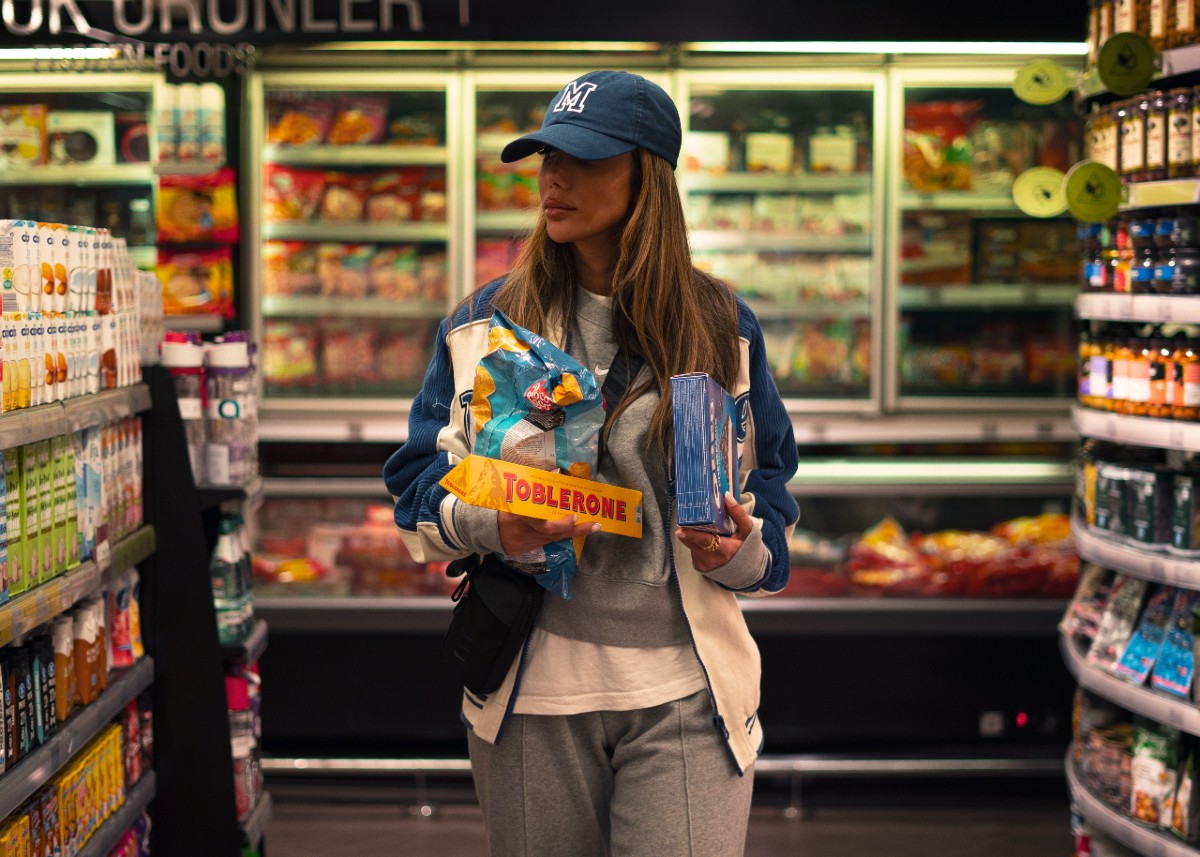The suitcase where Victor Moriyama keeps his photographic equipment has been impregnated with the smell of smoke for years. There is no way to take it off, just as there was no way to remove from his mind the impact caused by a terrifying image: that August afternoon when an immense cloud of smoke covered the city of São Paulo. It happened three years ago, when the monumental fires in the Amazon left their trail of ash thousands of kilometers to the south. Moriyama did not take long to react, he made a few calls and in a few hours he was on the other side of the country, on a Greenpeace plane photographing the catastrophe.
“I was the first photographer to arrive. That marked a before and after. I was going for a weekend and I ended up staying for two months,” says the photographer, who now usually travels to the Amazon between five and eight times a year. The photos of those days, which the actor Leonardo DiCaprio shared on his social networks, brought him awards and a definitive boost to his career.
Since then, he has flown over the Amazon on several occasions, an experience that he defines as a mixture of contradictory feelings: “It is something very strong. When you fly over a preserved area you have the feeling of being on top of a great green ocean, that the jungle is infinite. But you only experience that in the indigenous reserves or in the natural parks. When it is an area that is not protected, livestock and fires immediately appear… This transition is very clear”, she explains.
The Amazon is an immensity of seven million square kilometers spread over eight countries. 60% of the forest is in Brazil, where slightly less than half of that territory has some kind of legal protection, or natural parks or indigenous reserves. The constantly repeated idea that indigenous people are the “guardians of the forest” is not trivial. In the last three decades, while the loss of vegetation cover in private areas was 20.6%, in indigenous lands it was barely 1%, according to a recent study by MapBiomas.
However, the territories legally recognized by the Brazilian State as belonging to the indigenous people are increasingly suffering from illegal invasions, a vulnerability that is largely explained by the dismantling of the federal bodies that should take care of these territories, such as the National Foundation for the Indio (FUNAI), the Brazilian Institute of the Environment (IBAMA) or the Chico Mendes Institute of Biodiversity (ICM-Bio). Most of the environmental crimes are linked to the opening of pastures for cattle, although the illegal extraction of wood or minerals also causes irreversible damage.
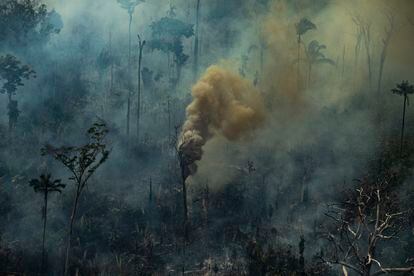
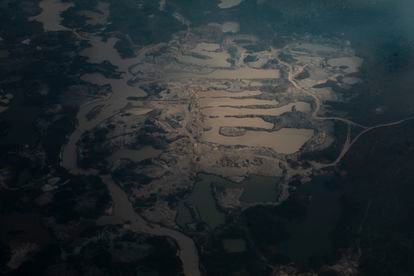

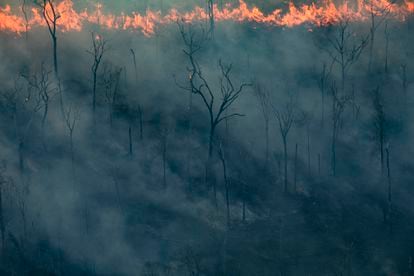
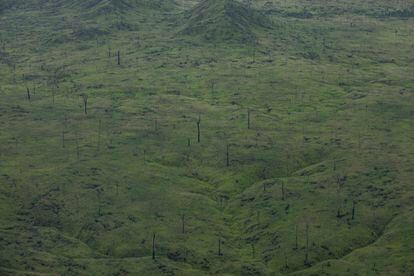
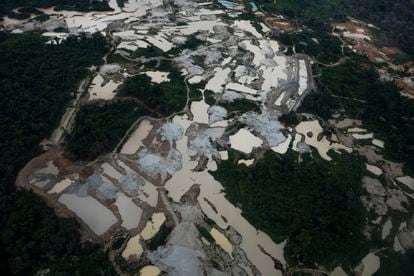
Deforestation in the Amazon is not a new phenomenon, but denialism installed in the Government is. President Jair Bolsonaro even said that he would invite international investors to fly over the jungle, to verify that it is “exactly the same as when it was discovered in the year 1500”. But the images of Moriyama and the data (official numbers, prepared by the Government itself) are resounding.
In the first half of this year, the Brazilian Amazon lost 3,988 square kilometers of surface, according to images captured by the satellites of the Deter system of the National Institute for Space Research (INPE), a state body linked to the Ministry of Science and Technology. It is an area that is equivalent to two and a half times the city of São Paulo, and the worst figure for this period in the last seven years.
“This development model that only seeks profit and not the conservation of the planet is heading towards destruction, even if it is in the long term. It is very sad, it hurts me a lot”, says Moriyama, who despite the fact that he does not hide the activism that shines through his work, assumes that the reality of the Amazon is extremely complex. Nothing is black or white. As in the ashes left by the fires, the socio-environmental reality of the region is also a range of gray tones. The Amazon is a sanctuary for the planet, but it is also home to more than 28 million Brazilians. The future of the forest will depend on the opportunities they have to develop sustainably.
#slow #agony #Brazilian #Amazon #birds #eye #view


